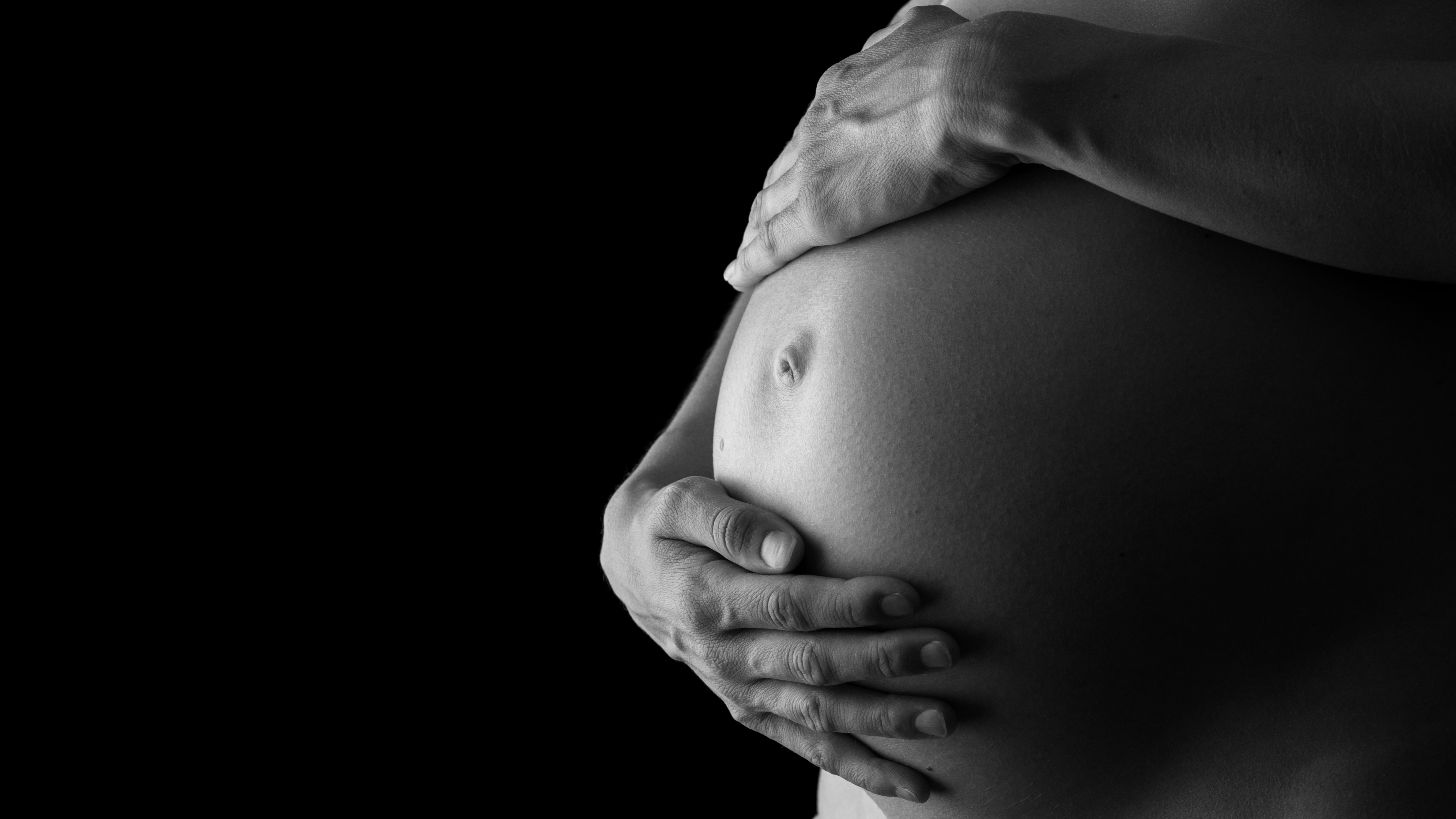Since 2020, 100 rural hospitals have stopped delivering babies
Less than half of America’s rural hospitals still have labor and delivery units, raising more concerns of growing maternity care deserts.
Scores of rural hospitals have closed in recent years, and many are taking drastic steps to ensure they can stay open.
Over the past five years, 100 rural hospitals have closed their labor and delivery units, and more could follow suit, according to the Center for Healthcare Quality & Payment Reform. (Image credit: ©Gajus - stock.adobe.com)

Since 2020, 100 rural hospitals across America have stopped delivering babies, according to a new report by the Center for Healthcare Quality & Payment Reform.
Today, less than half of America’s rural hospitals still have labor and delivery units. Only 42% of rural hospitals deliver babies, the report states.
More rural hospitals may be shutting down their maternity wards, the report suggests.
More than 130 rural hospitals with labor and delivery units have lost money in the last two years. Since labor and delivery units are costly to hospitals, these rural providers may find they have no choice but to stop delivering babies if they want to stay afloat and serve their communities.
With more rural hospitals closing labor and delivery units, patients have to travel greater distances when it’s time to give birth, which can endanger both mothers and babies.
“There is a higher risk of complications and death for both mothers and babies in communities that do not have local maternity care services,” the report states. “Women are less likely to obtain adequate prenatal and postpartum care when it is not available locally.”
Several states have been hit hardest by the closure of labor and delivery units in rural hospitals.
Indiana has the most rural hospitals shuttering their labor and delivery units, with 11 hospitals taking that step since 2020. Ohio ranked second, with eight rural hospitals making the call to stop delivering babies. They were followed by Minnesota (seven), and Maine and Wisconsin (six in each state).
In 10 states, less than one-third of rural hospitals are still delivering babies, according to the report.
California has seen the closure of 50 labor and delivery units over the past decade. While closures have taken place in all communities, California’s rural hospitals are having a difficult time sustaining their labor and delivery units.
Peggy Broussard Wheeler, vice president of rural health care and governance for the California Hospital Association, told Chief Healthcare Executive® in a recent interview that cost pressures, financial pressures and a lower birth rate have led to closures of maternity wards in the state. Hospital leaders also get increasingly concerned about maintaining safety when they’re not delivering many babies.
“When you're not doing as many deliveries, your clinical staff associated with that unit start to be very concerned about their clinical readiness for anything that can walk through the door. Remember that this is a service that has to be up and available, 24/7, for any birthing parents that come in,” Wheeler said.
Healthcare leaders have warned the growing number of maternity care deserts threaten to add to the nation’s alarming rate of pregnancy-related deaths and complications. More than one-third (35%) of all U.S. counties qualify as maternity care deserts because there are no obstetric services, the March of Dimes says.
Many rural hospitals are struggling not just to keep delivering babies but to simply keep the doors open.
More than 700 rural hospitals, nearly one-third of America’s rural hospitals, are facing the possibility of shutting down, according to an August 2024 report from the Center for Healthcare Quality & Payment Reform.
Across the country, 360 rural hospitals, or 16% of all rural hospitals, are considered at immediate risk of closure, the center said.
Children’s hospitals face complex challenges dealing with disasters
April 18th 2025Pediatric hospitals deal with different factors in weather-related events and other emergencies. Terri Wilson of the Children’s Hospital Association talks about the challenges and the need for more planning and support.
Telehealth faces a looming deadline in Washington | Healthy Bottom Line podcast
February 12th 2025Once again, the clock is ticking on waivers for telemedicine and hospital-at-home programs. Kyle Zebley of the American Telemedicine Association talks about the push on Congress and the White House.